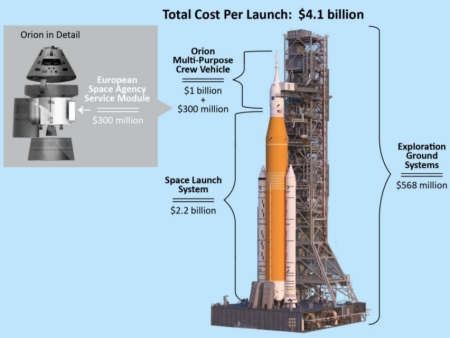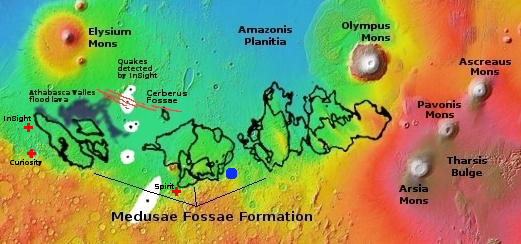Rogozin halts launch of OneWeb satelllites planned for March 5
The head of Roscosmos, Dmitry Rogozin, today announced that he has halted all launch preparations for the March 5th launch of 36 OneWeb satellites on a Soyuz-2 rocket from Baikonur in Kazakhstan unless he received reassurances by March 4th that they would not be used for military purposes against Russia.
Roskosmos head Dmitry Rogozin announced that the mission would not proceed unless he received assurances by 21:30 Moscow Time on March 4 of non-military use of the satellites. Rogozin also demanded that the British government give up its stake in OneWeb.
I suspect Rogozin’s action here is a response to SpaceX’s delivery of Starlink terminals and the activation of its use for the Ukraine to fight the Russian invasion.
It is now certain that all the planned Soyuz-2 OneWeb launches this year will likely not occur, unless the situation in the Ukraine becomes settled quickly. This means OneWeb will have to scramble to find a new launch provider and pay for the launches a second time, since they have already paid Russia for, according to sources I spoke to last night, the next four Russian launches. It won’t get a refund from Russia, for sure.
The head of Roscosmos, Dmitry Rogozin, today announced that he has halted all launch preparations for the March 5th launch of 36 OneWeb satellites on a Soyuz-2 rocket from Baikonur in Kazakhstan unless he received reassurances by March 4th that they would not be used for military purposes against Russia.
Roskosmos head Dmitry Rogozin announced that the mission would not proceed unless he received assurances by 21:30 Moscow Time on March 4 of non-military use of the satellites. Rogozin also demanded that the British government give up its stake in OneWeb.
I suspect Rogozin’s action here is a response to SpaceX’s delivery of Starlink terminals and the activation of its use for the Ukraine to fight the Russian invasion.
It is now certain that all the planned Soyuz-2 OneWeb launches this year will likely not occur, unless the situation in the Ukraine becomes settled quickly. This means OneWeb will have to scramble to find a new launch provider and pay for the launches a second time, since they have already paid Russia for, according to sources I spoke to last night, the next four Russian launches. It won’t get a refund from Russia, for sure.






